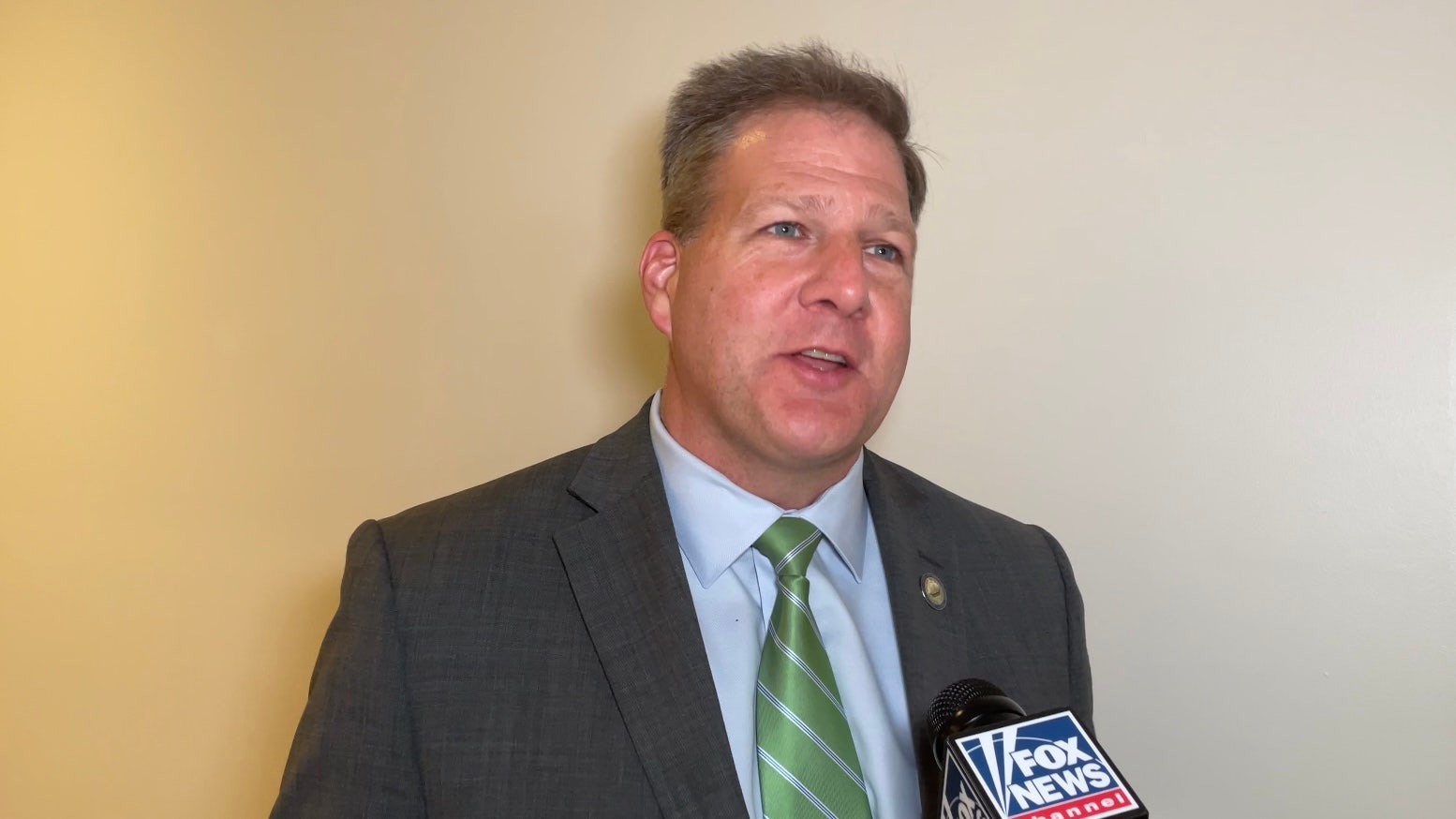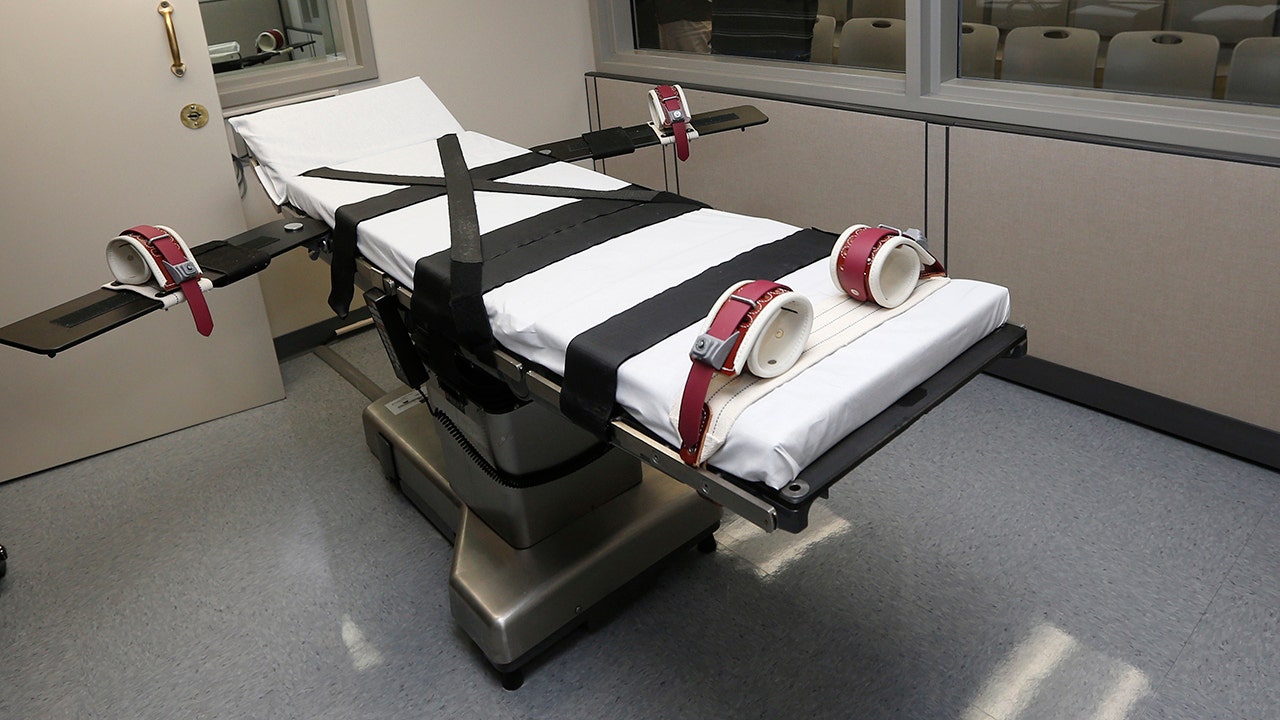Russia said on Monday that it would hold military exercises with troops based near Ukraine to practice for the possible use of battlefield nuclear weapons, a provocative warning aimed at discouraging the West from deepening its support for Ukraine.
These weapons, often referred to as “tactical,” are designed for battlefield use and have smaller warheads than the “strategic” nuclear weapons meant to target cities. Russia’s Defense Ministry said that President Vladimir V. Putin had ordered an exercise for missile, aviation and naval personnel to “increase the readiness of nonstrategic nuclear forces to carry out combat missions.”
The announcement of the exercise was Russia’s most explicit warning in its more than two-year invasion of Ukraine that it could use tactical nuclear weapons there. The Kremlin said it came in response to comments by two European leaders that raised the prospect of more direct Western intervention in the war.
The exercise, the Defense Ministry said, would involve forces of the Southern Military District, an area that covers Russian-occupied Ukraine and part of Russia’s border region with Ukraine. It said the exercise would take place “in the near future.”
The order ratchets up tensions with the West at the start of a week of extensive publicity for Mr. Putin. His inauguration scheduled for Tuesday, followed on Thursday by the annual Victory Day celebration, which commemorates the Soviet victory in World War II.
It also coincided with a visit to Europe by President Xi Jinping of China, which has pledged a “no limits” alliance with Russia. China has provided support to Russia’s military industry, U.S. officials say, despite persistent lobbying from the West that it refrain from aiding Russia’s war effort.
Asked about Mr. Putin’s order on Monday, John F. Kirby, a White House national security spokesman, said, “It’s just reckless and irresponsible for a leader of a major nuclear armed power to be ‘saber rattling’ the way that he is with respect to potential use of nuclear weapons.”
Western officials have long worried that Russia could deploy tactical nuclear weapons, especially if it faced serious setbacks on the battlefield. But Mr. Putin denied as recently as March that he had ever considered it, even as he regularly reminds the world of Russia’s vast nuclear arsenal as a way of keeping in check the West’s military support for Ukraine.
On Monday, however, Russian officials claimed that warnings about the possibility of more direct Western involvement in the war had changed the situation. The Defense Ministry said the exercise would be held “to unconditionally ensure the territorial integrity and sovereignty of the Russian state in response to provocative statements and threats of individual Western officials against the Russian Federation.”
Dmitri S. Peskov, the Kremlin’s spokesman, said the Western “threats” in question included a recent interview with President Emmanuel Macron of France published by The Economist, in which the French leader repeated his refusal to rule out sending ground troops to Ukraine.
Mr. Peskov also alluded to a comment made last week by David Cameron, Britain’s top diplomat, in which he said that Ukraine was free to use British weapons to strike inside Russia — a departure from Western governments’ typical policy of discouraging such strikes in order to avoid being drawn deeper into the war.
“This is a completely new round of escalation of tensions — it is unprecedented,” Mr. Peskov told reporters on Monday. “And, of course, it requires special attention and special measures.”
The Russian Foreign Ministry said later in the day that it had summoned the British ambassador to lodge Russia’s “strong protest” over Mr. Cameron’s statement, asserting that he was “de facto recognizing his country as a party to the conflict.”
“The ambassador was called upon to think about the inevitable catastrophic consequences of such hostile steps from London,” the Russian Foreign Ministry said.
A spokesperson for Britain’s Foreign Office said later that the ambassador met with Russian officials “for a diplomatic meeting” and was not officially summoned. The spokesperson said the ambassador, Nigel Casey, “reiterated the U.K.’s support for Ukraine in the face of unprovoked Russian aggression.”
Russia has seized the battlefield initiative after a failed Ukrainian counteroffensive last year. But Moscow’s advances remain slow and bloody, and new deliveries of Western weapons are on their way, including those from a $61 billion military aid package that the United States approved last month.
Beyond discouraging the West from greater involvement in Ukraine’s war effort, the Kremlin wants to exploit divisions within the NATO military alliance over the risks of doing so. That schism was on display in February after Mr. Macron first mentioned the possibility of putting Western troops in Ukraine. Mr. Peskov said then that such a move would lead to a direct clash with Russian forces.
Recent months have marked a hawkish shift for Mr. Macron, who more than two years ago tried to head off the invasion of Ukraine by dangling the possibility of integrating Russia into a new European security architecture.
Russia’s announcement of tactical nuclear drills drew a sharp response from NATO on Monday.
“Russia’s nuclear rhetoric is dangerous and irresponsible,” said Farah Dakhlallah, a NATO spokeswoman. “NATO remains vigilant.”
She added: “Ukraine has a right to self-defense, which is enshrined in the U.N. Charter, and NATO allies will continue to support Ukraine. Russia has started this illegal war and must end it.”
Pavel Podvig, a scholar on Russian nuclear forces based in Geneva, said in an interview that Russia had conducted such exercises before, though it rarely made them public. This time, however, the aim is to send a loud message, he said.
“This is a reaction to specific statements, a signal saying that Russia has nuclear weapons,” Mr. Podvig said in a phone interview.
Unlike strategic nuclear weapons, which are always in a state of combat readiness, nonstrategic ones are stored in warehouses away from the bombers, missiles, or ships that are supposed to deliver them, Mr. Podvig said. During the exercise, Russian army formations are likely to practice how they could be deployed, he said.
But it would make little sense to use them in the context of the war in Ukraine, Mr. Podvig added, because the absence of large-scale, concentrated troop formations would limit their impact on the battlefield.
Other analysts have also cast doubt on the military efficacy of using battlefield nuclear weapons in Ukraine, given the spread-out nature of Ukrainian forces. The Institute for the Study of War said in 2022 that doing so would be “a massive gamble for limited gains” for Russia.
“This weapon system exists to send a signal,” Mr. Podvig said, adding that its main purpose is to make an impression on the opponent.
Mr. Putin has not made any public comments about the drills. On Tuesday, he is scheduled to be inaugurated to his fifth term as president.
Western governments have previously looked to China — Russia’s most important international partner — to head off Russian nuclear use, as they did when Chancellor Olaf Scholz of Germany visited Beijing amid a previous scare in 2022.
At the time, Mr. Xi made a public statement warning that nuclear weapons had no place in the war in Ukraine. On Monday, the topic came up again as Mr. Xi met with European leaders in Paris on his first visit to the continent in five years.
“President Xi has played an important role in de-escalating Russia’s irresponsible nuclear threats,” Ursula von der Leyen, the president of the European Union’s executive branch, told reporters after meeting with Mr. Xi and Mr. Macron on Monday. “I’m confident that President Xi will continue to do so against the backdrop of the ongoing nuclear threats by Russia.”
Reporting was contributed by Ivan Nechepurenko from Batumi, Georgia, Lara Jakes from Rome, Steven Erlanger from Berlin and Mark Landler from London.





